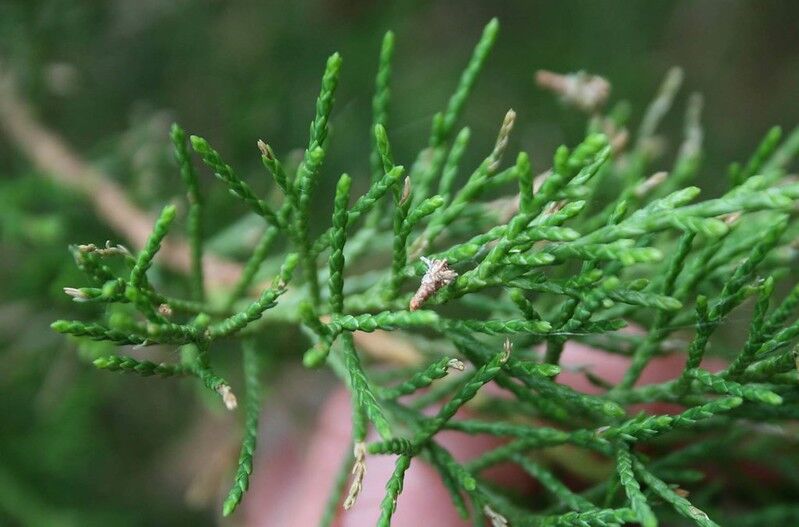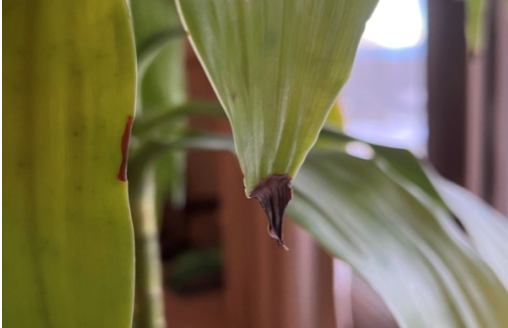Two common pests should begin rearing their ugly heads soon, so now is the time to keep an eye out for them and consider control. Bagworms are pests of evergreen shrubs and trees, and very damaging. The worms are the larva of several moth species, and feed on pines, spruces, junipers and cedars. After emerging from leftover bags, they feed on foliage and spin their own bags.
Now is the time to spray for any larva, when they have not begun making their bags. Once they begin spinning their bags, contact insecticides will not work. You will only need to spray coniferous plants. While some bagworms will survive on deciduous shrubs and trees, these are secondary hosts and the worms will usually not severely damage them.
It’s important to pull off any leftover bagworm bags from previous years, because they might have eggs that will hatch. On most affected plants, this should be easy since the plants will not get very tall. However, on cedar trees, this can be a problem. Bagworms tend to choose different parts of the tree to make their bags on, depending on their sex. Male bagworms often stay on the lower parts of the tree, while female bagworms stay on the upper parts. This is problematic because the bags females are in are the bags that will have the eggs. Effective population control hinges on being able to remove high-up bags, or to completely spray large trees with a bagworm-killing insecticide.
Dutch elm disease is the other problem that will begin appearing right now in the transition period from cool to hot. DED is a fungal wilt that causes rapid canopy dieback in the branches where it is introduced by its vector, the elm bark beetle. This canopy dieback can become noticeable overnight, and is sped up by heavy drought or high temperatures. DED affects primarily American elms, which die completely from the wilt. Other elm species like lacebark elms are more resistant to the disease, but can still suffer, particularly if already drought-stressed. Exclusion is the best way to prevent DED from spreading. If your tree tests positive for Dutch elm disease, it should be removed and burned as soon as possible to prevent spread to other elms in the area. If you are concerned that your tree might end up with DED, keeping the tree well-watered during hot and dry periods will minimize stress and boost the tree’s natural resistance to the fungal pathogen.
There are some effective control methods for DED, provided that you can catch the disease early. One method that only works on trees where 5% or less of the canopy is affected is to prune affected limbs off 10 feet downstream from where the symptoms begin. However, this won’t work if too many limbs in the canopy are showing symptoms. Fungicides have been shown to be effective at preventing the disease, but not curing. These fungicides need to be injected into the base of the tree every 2 to 3 years, and should be done by a trained arborist only. If planting American elms, look for Princeton, Valley Forge or New Harmony cultivars for the highest level of Dutch elm disease resistance. These are widely available at garden centers and nurseries, due to the increased need for highly resistant trees in the landscape. Note that resistance is not the same as immunity—these trees are less likely to catch DED, but there is still a chance. To minimize the risk of the disease, keep trees well watered and fertilized, select resistant varieties, and plant alternative trees as a last resort.

